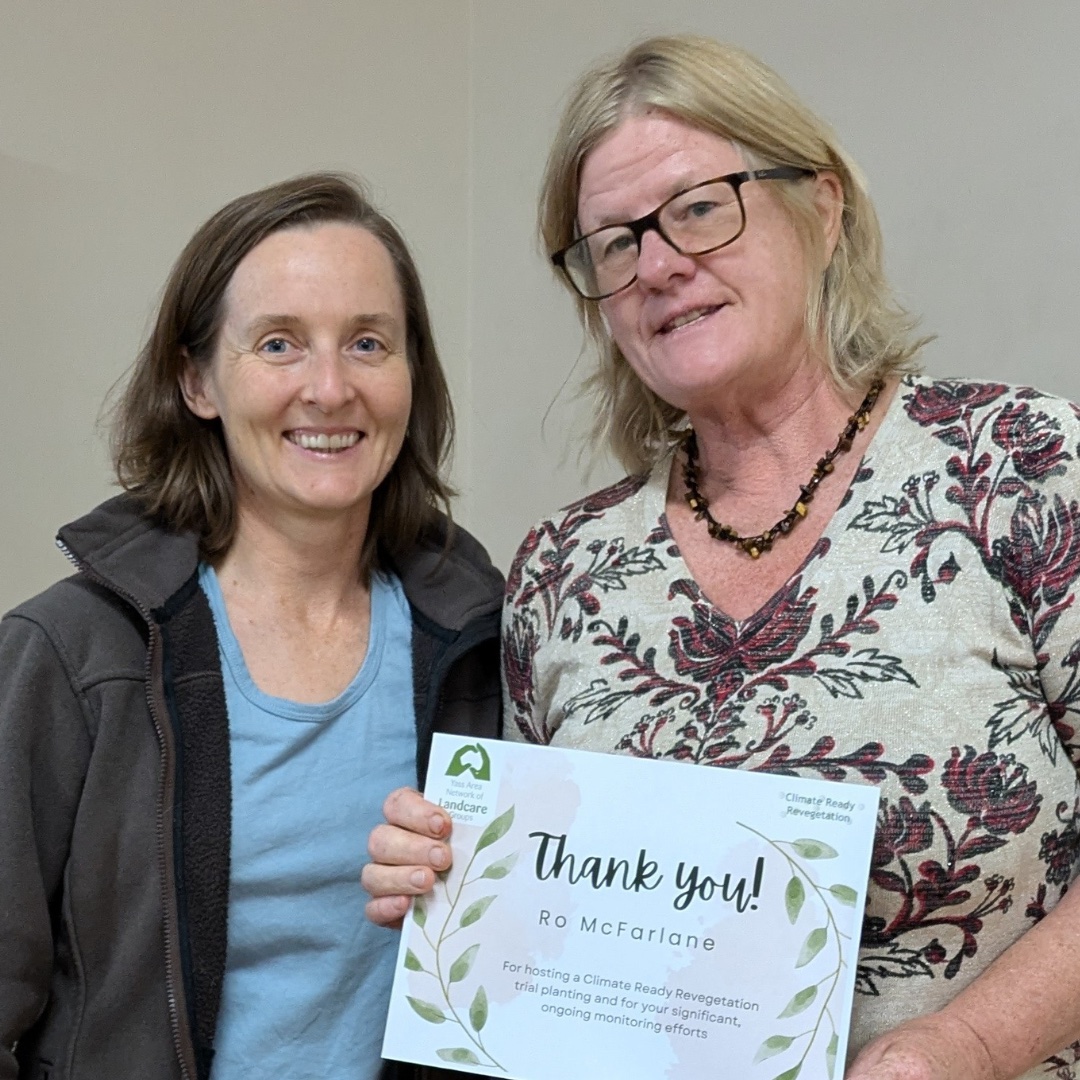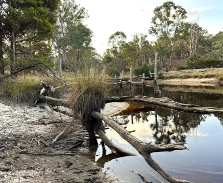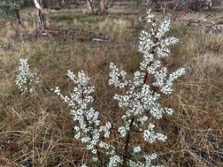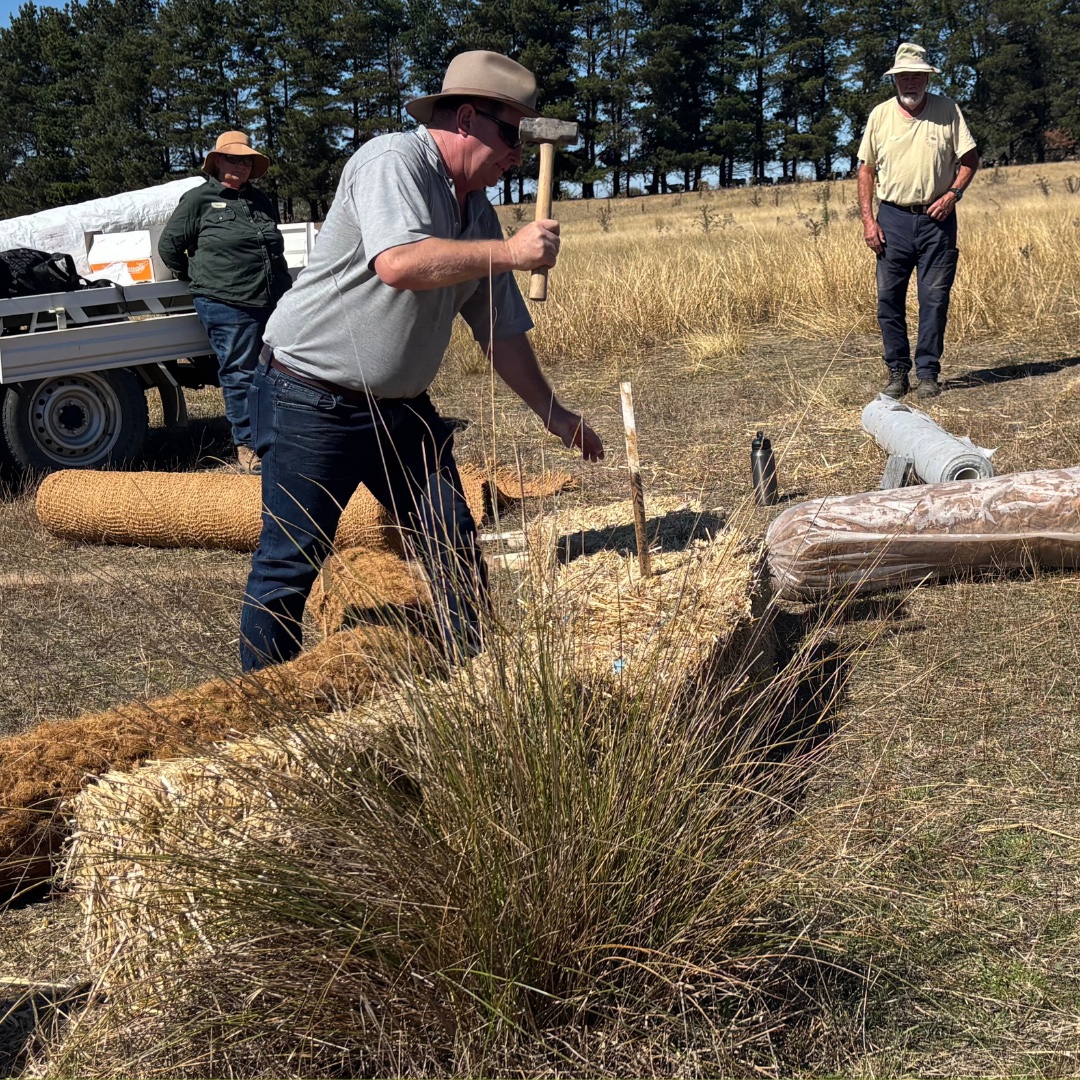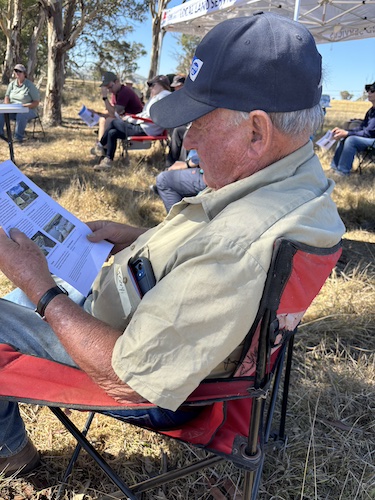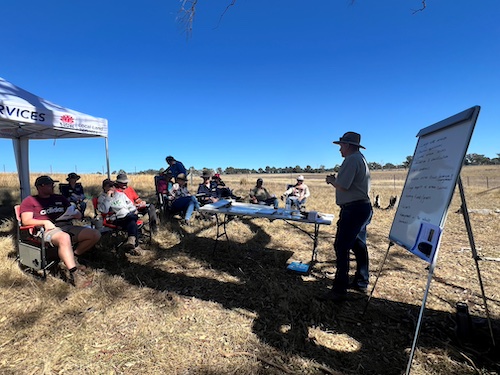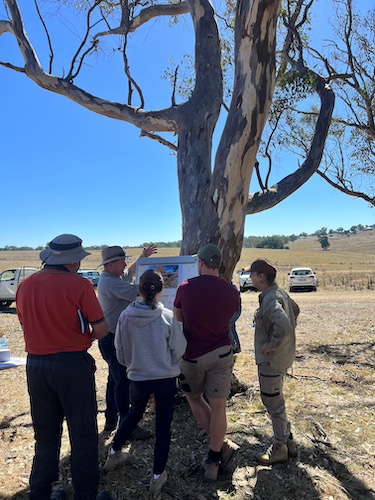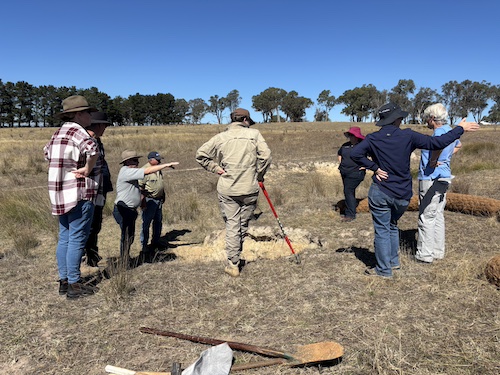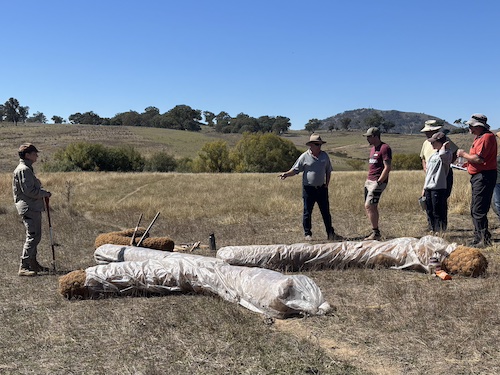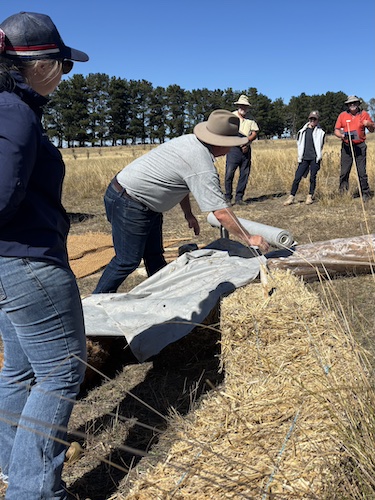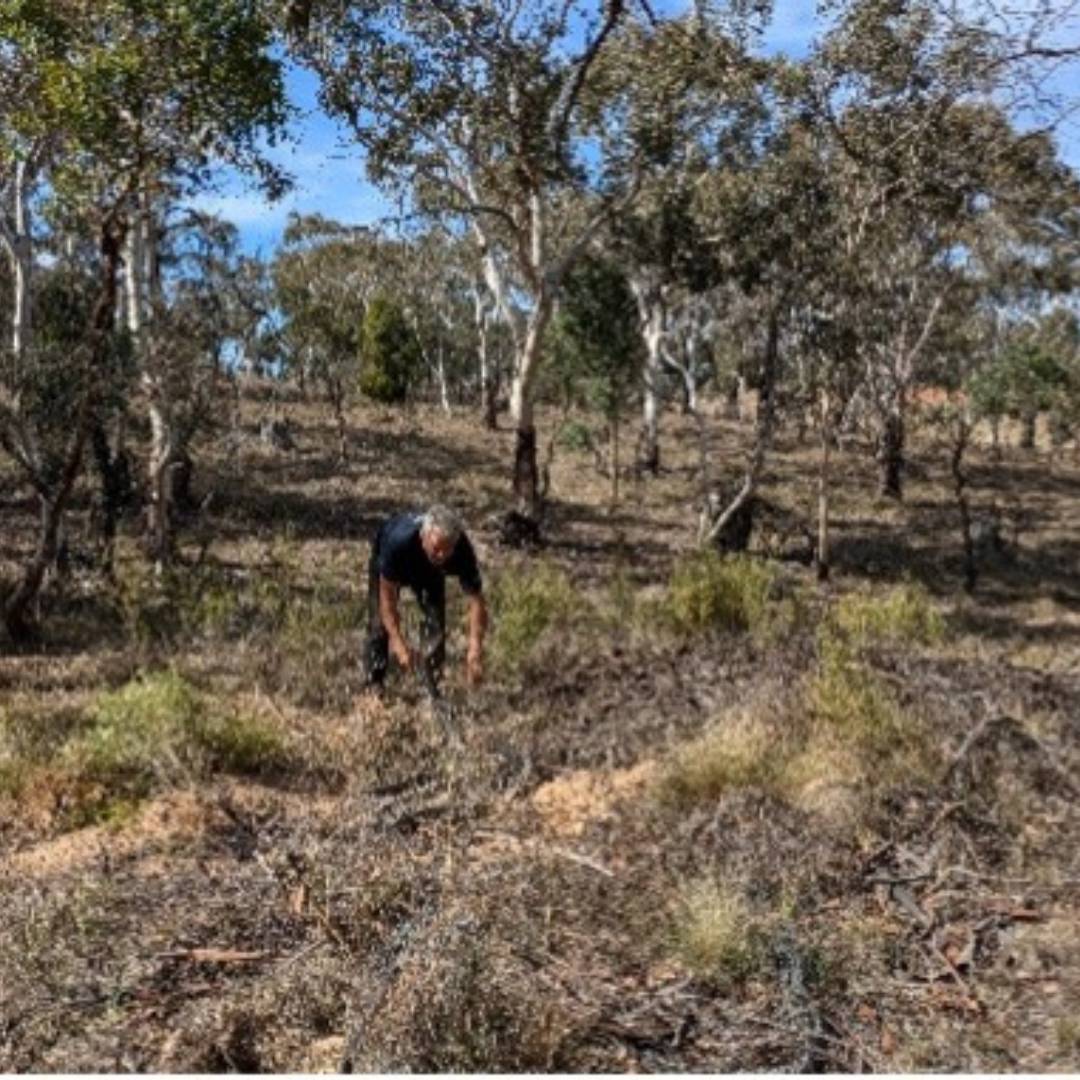On a recent autumn evening in Murrumbateman, the Yass Area Network of Landcare Groups (YAN) gathered to celebrate the incredible spirit of volunteerism that drives our Landcare community. At the heart of the event was the presentation of the the groups John Betts Landcare Award, this year awarded to Sue McIntyre in recognition of her outstanding and long-term contribution to Landcare in our region.
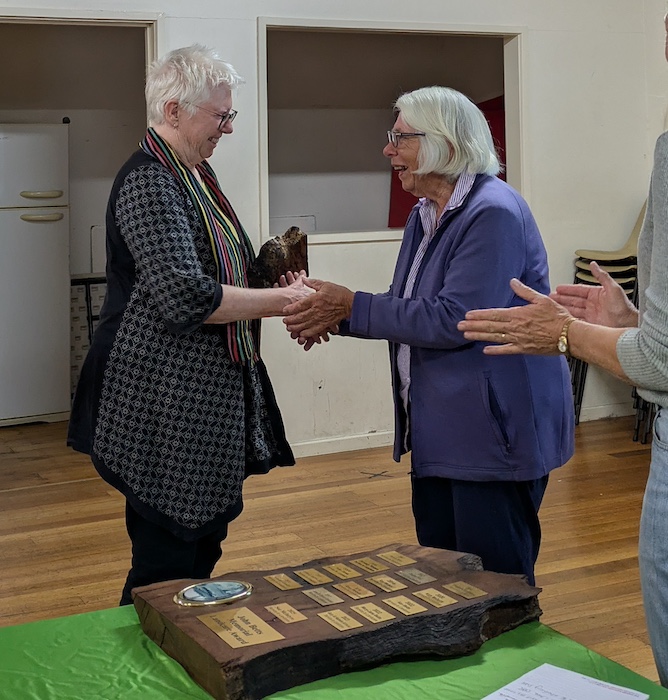
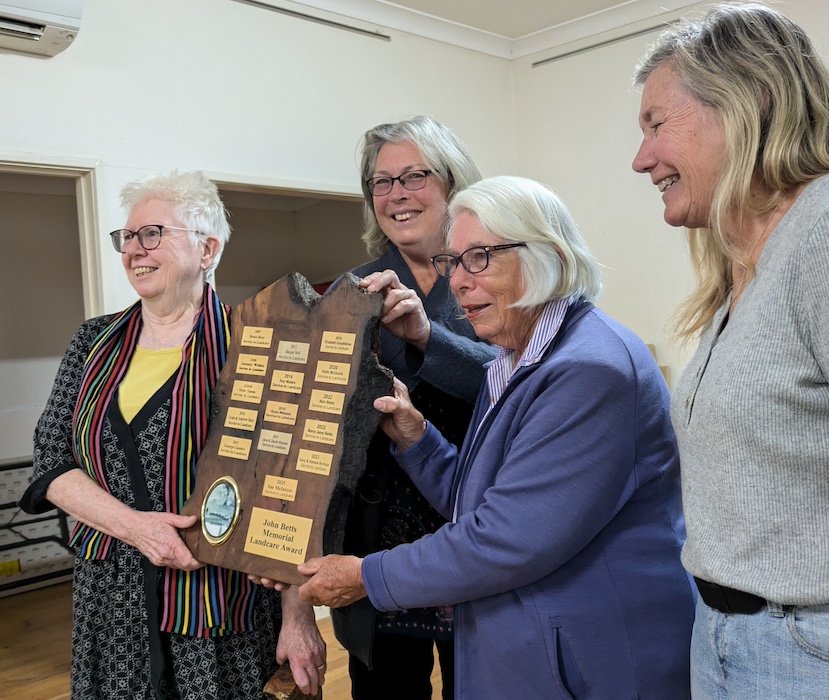
The award was presented by Mrs Nanette Betts, on behalf of the Betts family, to honour the legacy of her late husband John Betts—a foundation member of YAN and a tireless contributor to Landcare in the Yass region. The John Betts Award recognises an individual whose efforts have left a lasting impact on Landcare, and Sue’s leadership, dedication, and deep ecological knowledge make her a worthy recipient.
Read more about Sue McIntyre’s award here
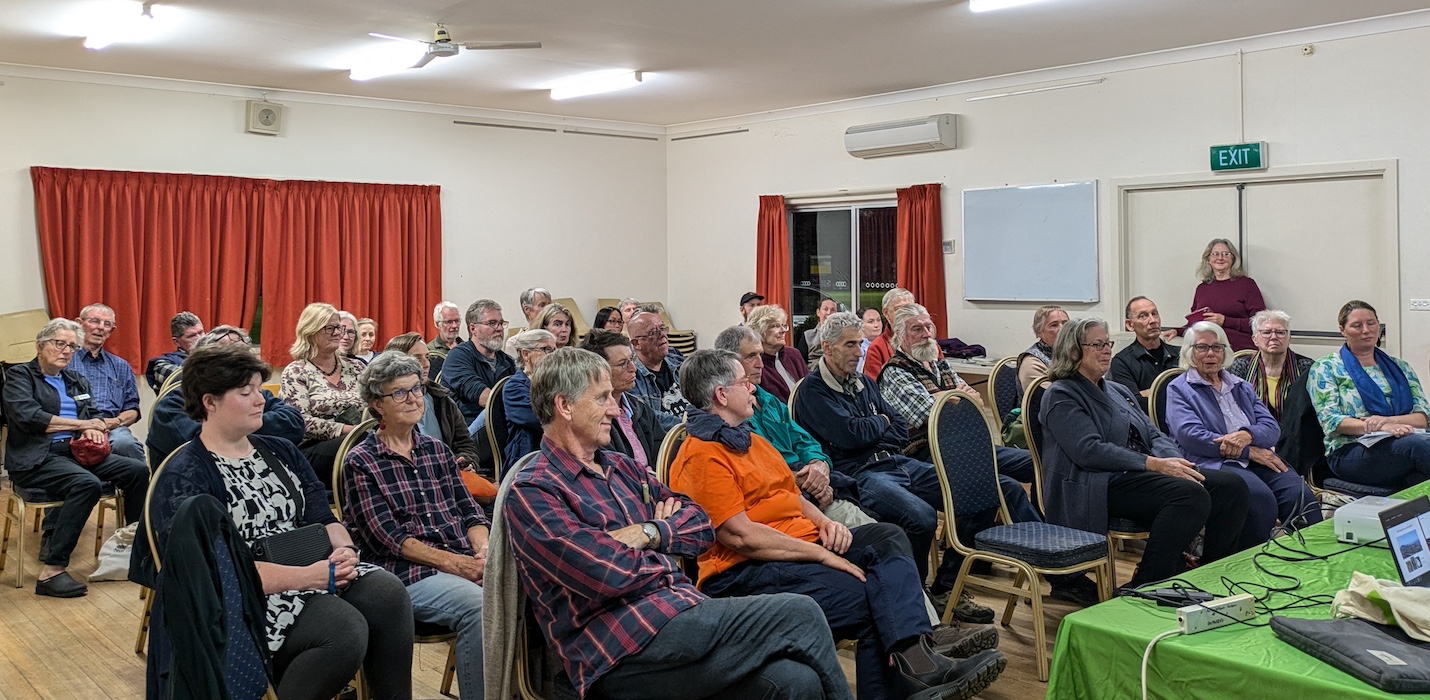
The evening also gave us the chance to recognise the immense contributions of volunteers involved in our Climate Ready Revegetation (CRR) Project. These individuals and groups have collectively contributed up to 4,500 hours in a single year—supporting everything from nursery operations and seed sourcing to ecological advice and monitoring trial plantings.
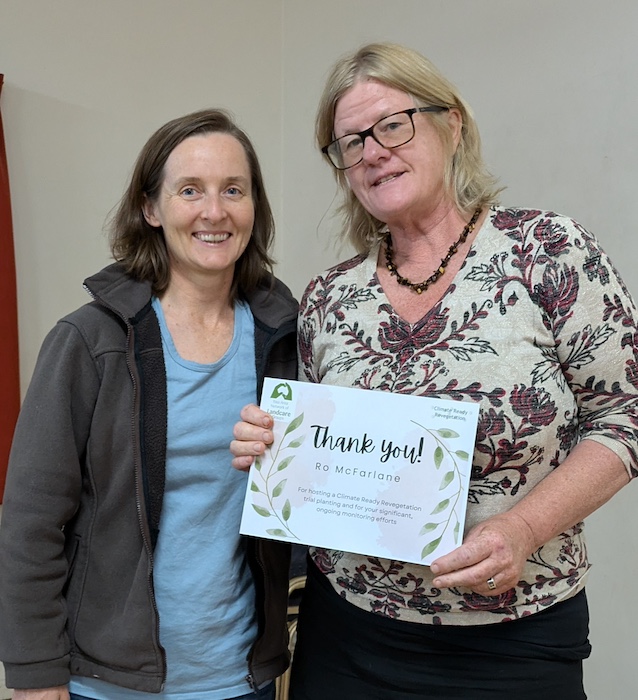
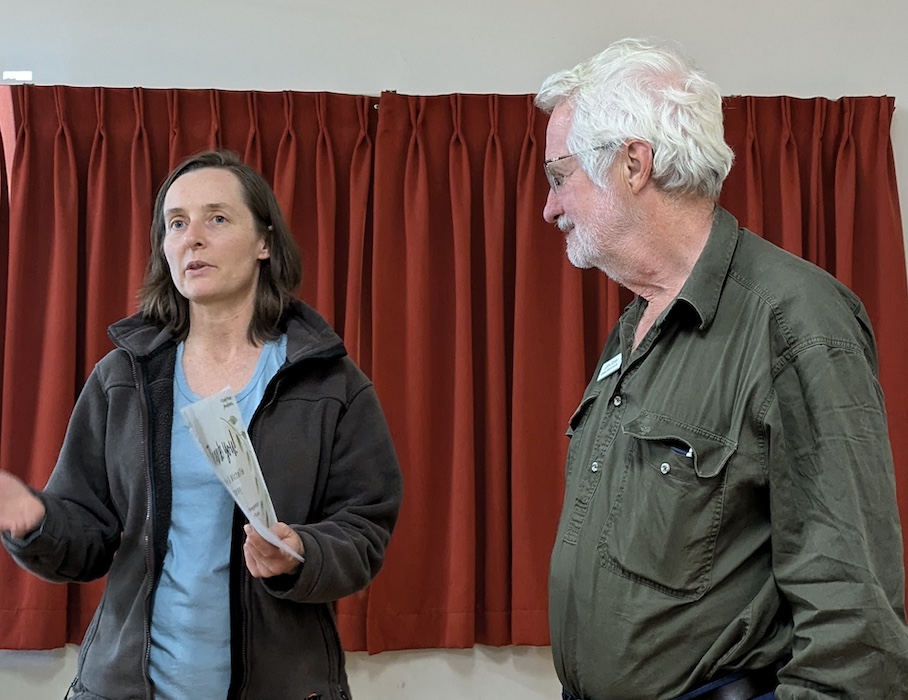
At our Winter Feast in Yass last year, we began distributing certificates of gratitude to many CRR volunteers. This recent event allowed us to complete that process, with special thanks and certificates going to:
Outstanding Individual Contributions:
-
- Ann Milligan – for outstanding effort and dedication to seed sourcing
- Elizabeth Goodfellow, Kath McGuirk, Gill Hall, Sue McIntyre – for significant and ongoing contributions to the CRR Project
- Jacqui Stol – for expert advice in ecology, species selection, grant applications, project management and more
- Nola Hancock, AdaptNSW's Climate Adaptation Team, and Alison Elvin – for their expert guidance and support
Nursery Teams:
-
- Lee Auriac & the AMC Nursery Team – for expertise and outstanding effort in growing plants for the CRR Project
- MLG, Yass Landcare, Bango, and Wattle Valley Nursery Teams – for their commitment and care in growing healthy plants
Hosts of Trial Plantings:
-
- Kath & Richard McGuirk
- Sheridan Roberts & Geoff McFarlane
- Jan Grubb
- Gill Hall
- Janette Hannan
- Ro McFarlane
- John & Michelle Storey
- Linda Thane
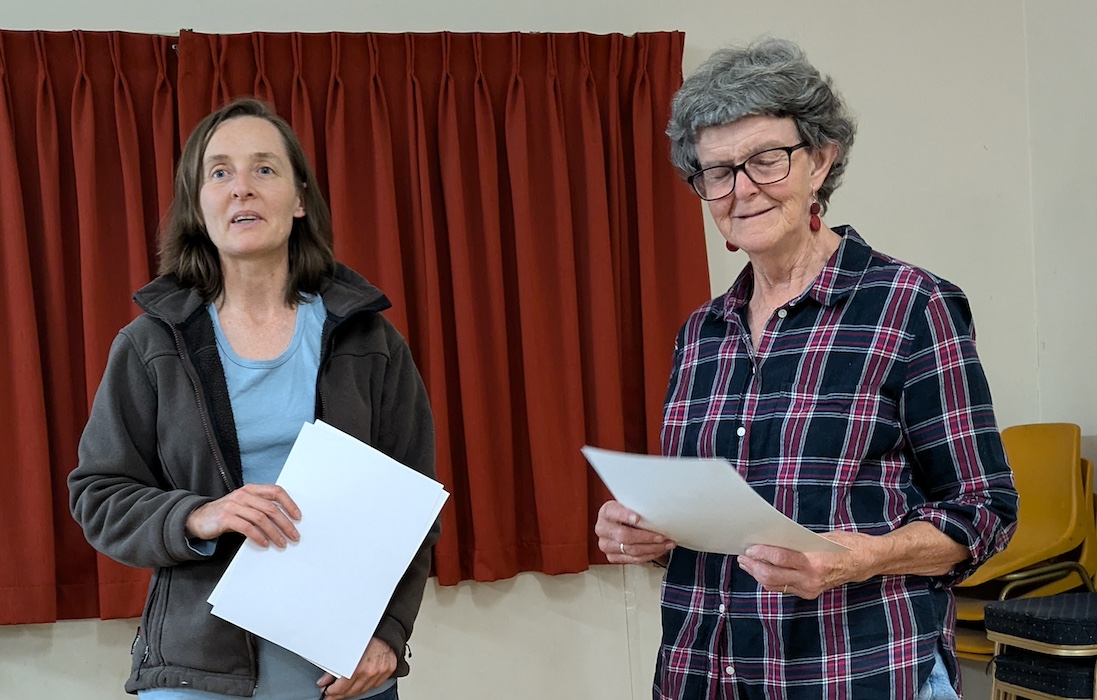
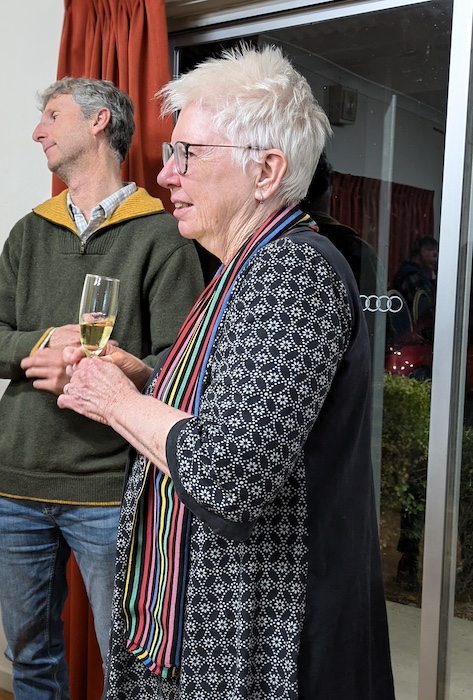
Written by Sarah McGrath, YAN Coordinator
________________
Landcare Enabling Program
This initiative is made possible by the NSW Landcare Enabling Program. A collaboration of Local Land Services and Landcare NSW supported by the NSW Government.

